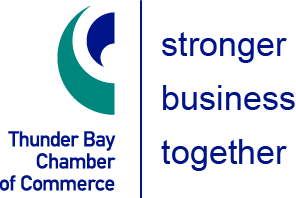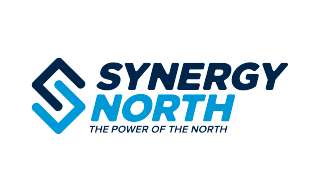Issue
The highway network in Ontario plays a vital social and economic role in the transportation of goods and people. Yet in rural and northern regions it consists primarily of two-lane roads that limit passing opportunities and produce high rates of serious and fatal collisions, especially on primary roads with high traffic volumes. The typical approach to resolve these issues has been twinning – creating a four-lane road by building an additional road platform alongside the existing one. The findings of the recent Northern Policy Institute Paper “Closing the Gap: How 2+1 Roads Can Save Time, Lives, and Taxpayer Dollars” reveals that the 2+1 road model reduces fatalities and serious injuries while requiring relatively little new construction, thereby delivering substantial benefits at a limited cost.
Background
Highways connect people to communities, services, and economic and recreational opportunities. Gaps in the highway network throughout Northern Ontario represent gaps in access to such opportunities. These gaps do not only exist in the form of an absence of roads. Road inadequacies that compromise the speed and safety of transportation should also be understood as ‘gaps’ that need closing. Notably, most of the highway network in the regions that make up Northern Ontario consists of two-lane roads that offer few safe passing opportunities. Consequently, this highway network sees many serious collisions, road closures, and delays for motorists. An elevated risk of severe collisions and collision-related delays on northern highways harms the economies of communities that rely on these roads.
2+1 roads offer a favourable benefit-cost ratio, with substantial benefits and limited costs. For example, upgrading one stretch of two-lane road on Highway 11 between North Bay and Temiskaming Shores to a 2+1 configuration would deliver a benefit-cost ratio of 1.01 after 20 years, 2.20 after 40 years, and 3.64 after 60 years. Any value of 1 or higher means a project is worthwhile.
These roads comprise three-lane roads with one lane in each direction and a passing lane alternating direction every few kilometres. Globally, 2+1 roads usually include, but do not always include, a median barrier to divide traffic. They address the major shortcomings of two-lane roads at a relatively low cost. They provide regular passing opportunities and a median barrier, significantly reducing dangerous head-on collisions. 2+1 roads also reduce delays for motorists. Fewer drivers become stuck behind slow-moving vehicles as they are able to pass, and roads are closed less often because there are fewer collisions. Finally, 2+1 roads cost less than highway twinning since they can be built entirely on the existing platforms used for two-lane roads.
If introduced in Northern Ontario, 2+1 roads will save lives. They will also improve Northerners’ access to other communities and strengthen national supply chains.
As they achieve these benefits at a relatively low cost, we recommend that 2+1 roads be implemented widely across the Ontario highway network in Northern and rural areas with specific attention paid to sections that are a critical transportation link for regional and cross-country travel and where alternative routes are limited or non-existent in the event of road closures.
Using costing guidelines from Ontario’s Ministry of Transportation, it is estimated that upgrading these roads in Northern Ontario to a 2+1 configuration would cost approximately $1.5 billion. Costing has not yet been undertaken for roads in rural Southern, Eastern and Western Ontario.
Recommendation
The Ontario Chamber of Commerce urges the Government of Ontario to:
• Implement 2+1 roads widely across the Ontario highway network in Northern and rural areas on sections with annual average daily traffic between 3,000 and 20,000: and
• Expedite implementation of 2+1 roads by 2034 on sections of the Northern Ontario highway network where the roads are a critical transportation link for traffic travelling within these regions and across Canada, and where alternative routes are limited or non-existent in the event of road closures.
• Expedite implementation of 2+1 roads by 2039 on sections of the Ontario highway network in rural Southern, Eastern and Western Ontario where the roads are a critical transportation link for traffic travelling within these regions and across Canada, and where alternative routes are limited or non-existent in the event of road closures.















